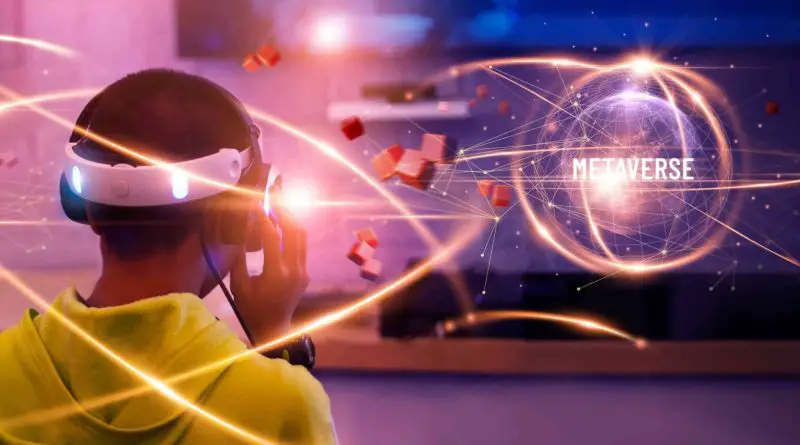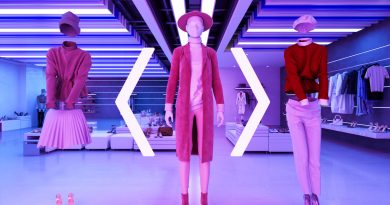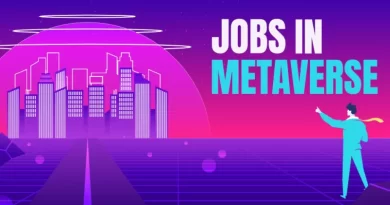The Industrial Metaverse Is Coming. Are You Ready?
In the industrial world, experimentation will be an important part of testing and learning how to put our best ideas forward and embrace "in real life" beyond the "real world."
Many of us are sick of hearing the terms metaverse and industrial metaverse right now. It’s being bandied about as much as the terms Internet and eCommerce were in the 1990s. Many of us had no idea how the Internet and a new way of buying and selling would change our lives back then. When you compare how we interact, communicate, and spend now to how we did back then, you can see how far we’ve come.
The metaverse is taking over the airwaves, and companies are scrambling to figure out how to capitalize on this new online real estate. Peak beneath the hood, and you’ll notice that the numbers don’t lie, and the metaverse appears to be here to stay.
According to Bloomberg Intelligence, the value of the metaverse is expected to reach $800 billion by the mid-2020s, rising to $2.5 trillion by 2030.
Many of the industry’s heavyweights are following suit and jumping on the bandwagon to secure their place in the industrial metaverse. We’ve already seen Facebook stake its claim to the future’s name with a rebranding that left many of us scratching our heads. Let me digress for a moment to make something very clear. Nobody owns the metaverse, and the principles underlying this soon-to-be-defunct phenomenon are based on interoperability, with many people and businesses freely moving and interacting in this space.
With a number of B2C companies entering the metaverse game (e.g., Microsoft Hololens, PlayStation VR helmets, Facebook’s own Oculus, Epic Games’ video games, Alibaba’s Ali Metaverse, and so on), there are certain applications that will bleed into B2B territory and redefine the way companies do business both online and offline.
The Industrial Metaverse Begins to Evolve Across Many Internet Corners
As we approach 2023, technologies will begin to converge, and the industrial metaverse will begin to take shape. What elements will comprise the industrial metaverse? On the one hand, there is Industry 4.0 (Industrial IoT or IIoT), which has been collecting data from machines and environments for many years. This data is increasingly being stored in the cloud and accessed via a commercial IoT provider like Amazon’s AWS or Microsoft’s Azure.
On the other hand, there’s 3D gaming technology, augmented/virtual/mixed realities, and CAD. When the two are combined, it creates an immersive environment in which IoT data can be accessed in novel and creative ways. When we add remote collaboration as a feature set in this environment, many users can access the same data at the same time and interact virtually, we create a corner of the industrial metaverse. Real-time positioning systems can add another layer to this mix by tracking a person’s position in real time and rendering it in 3D with avatars and other identifying information. Large corporations, such as Amazon, have already embraced the industrial metaverse trend. The ecommerce titan has combined its IoT product and 3D rendering technology to provide the AWS IoT TwinMaker — a toolkit for combining AWS IoT data with 3D models derived from CAD.
Rich and Immersive Environments Are Starting to Emerge in the Industrial Space
Richly immersive 3D environments that can be viewed on any device — a smartphone, iPad, or wearable headset — will make inroads into the industrial metaverse, enabling more meaningful collaboration and user-friendly experiences. Consider sales and marketing, remote on-site training, and remote maintenance, to name a few. Some of these applications will use virtual reality, but many will use’mixed reality,’ in which data is superimposed on the real world, allowing the operator to use real-time data in an industrial setting.
Additional visualizations can be created and overlaid in the real world using gaming technology to enhance the operator’s dataset. Technologies such as 5G and high-speed satellite links are addressing connectivity issues by providing the necessary bandwidth in industrial or remote applications. By 2022, all of these technologies will have matured and will be used in an increasing number of industrial applications.
This Is Just the Beginning of the Industrial Metaverse, and Experimentation Is Essential
While the metaverse hype will continue to ride the waves, and companies will experiment with new ideas, only to scrap them in favor of even newer (and possibly better) ones, I believe that this is just the beginning. Nobody gets everything right the first time, and many will have to pivot as the industrial metaverse evolves. But, in the industrial world, experimentation will be an important part of testing and learning how to put our best ideas forward and embrace “in real life” beyond the “real world.”




